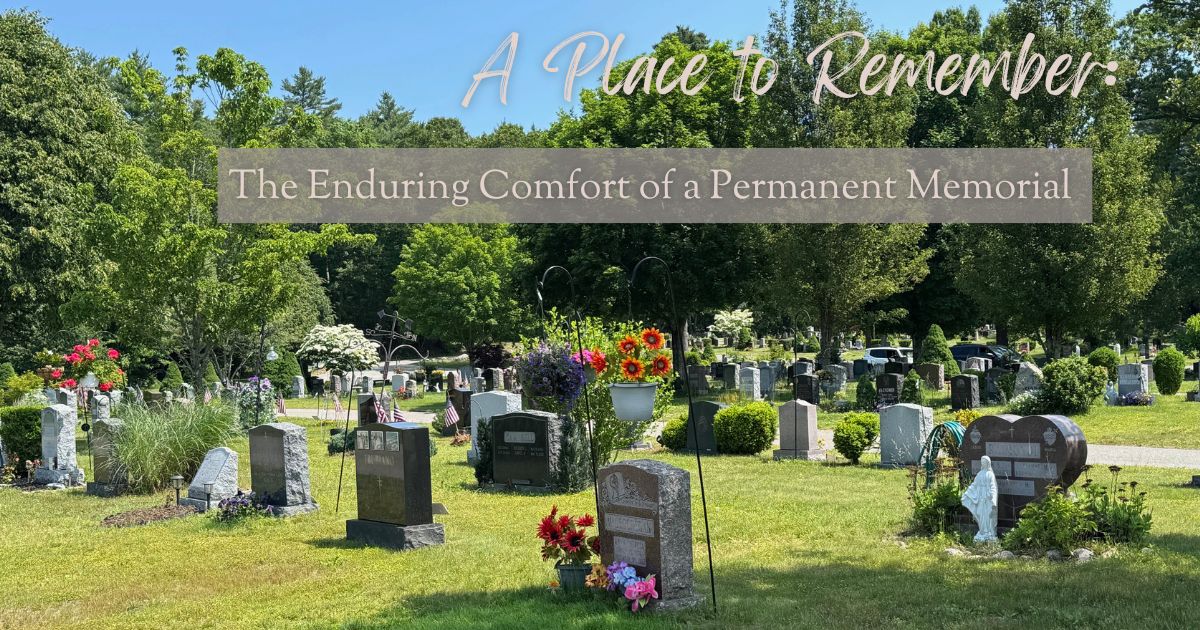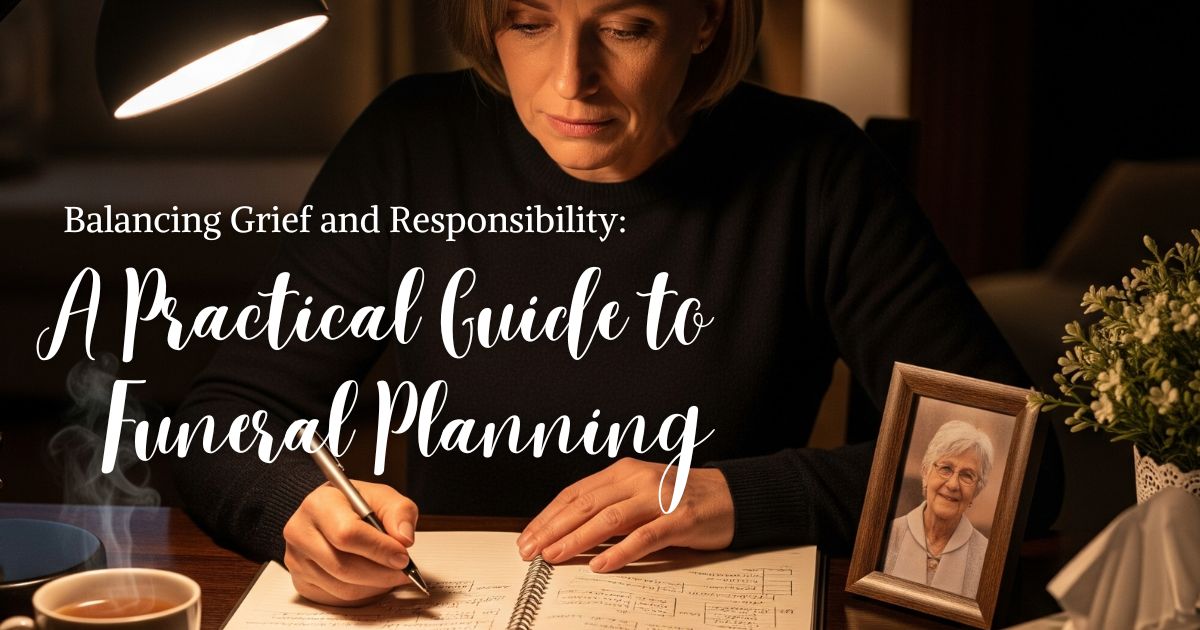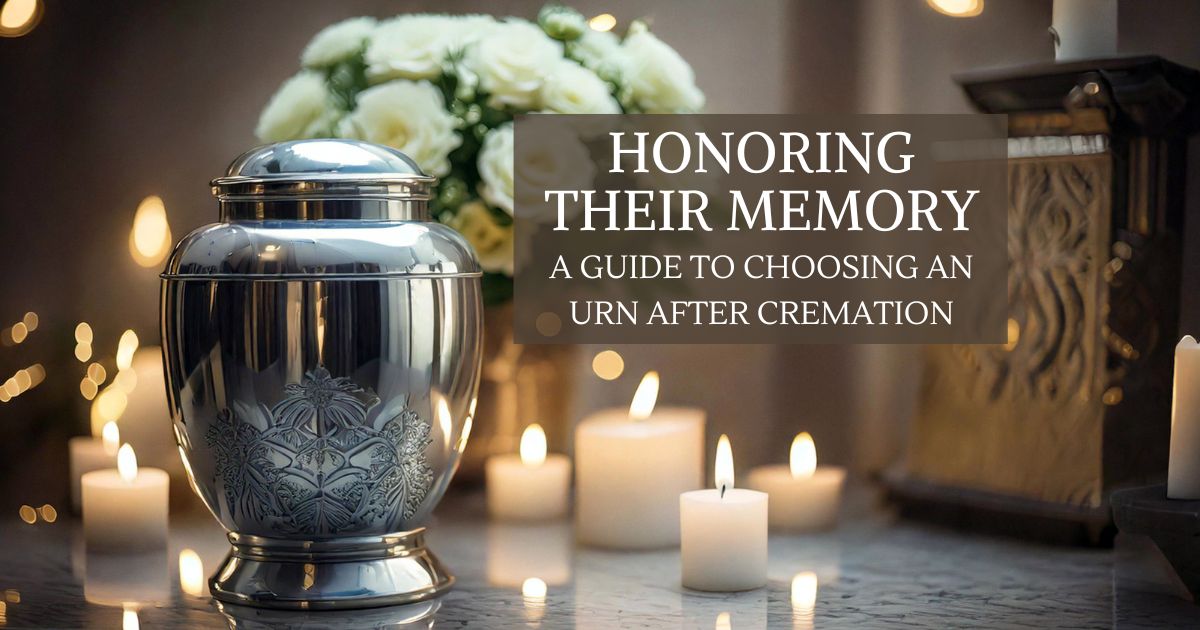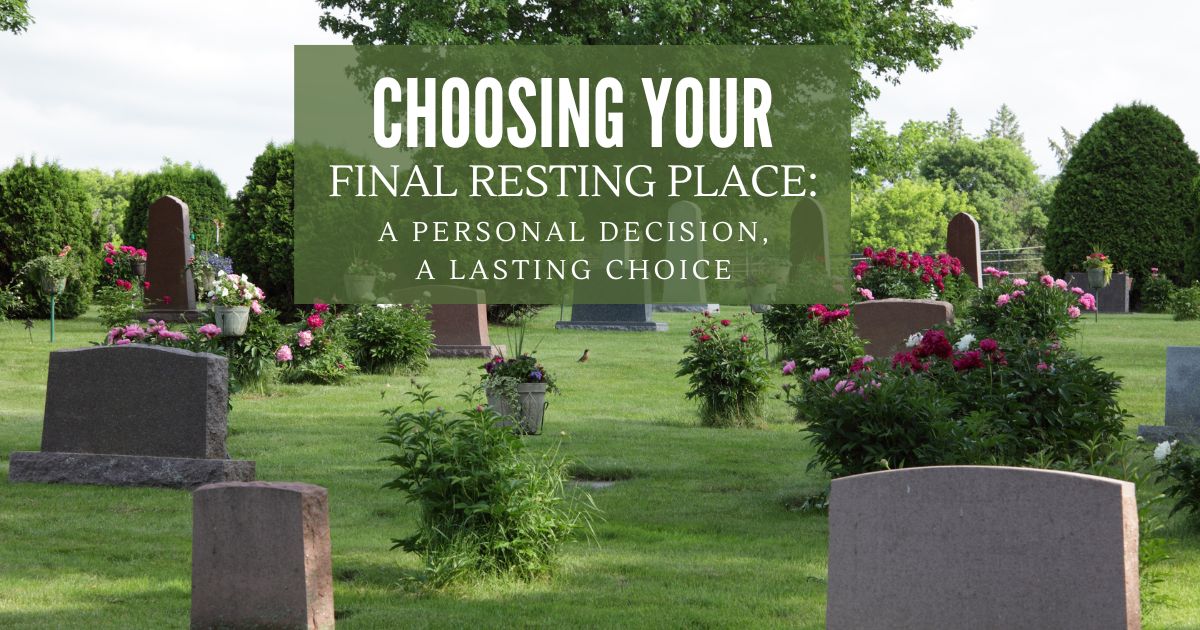
In the quiet aftermath of loss, we often seek a tangible connection to those we love—a place where memory can reside and the heart can visit. While the initial decisions following a death can feel overwhelming, one choice offers a unique and lasting solace: creating a permanent memorial.
A permanent resting place is far more than a physical location. It is a sacred space where grief can gently unfold and love can be openly expressed. It becomes a destination for reflection, a touchstone for family stories, and a quiet sanctuary where future generations can connect with their heritage. For many, this dedicated space provides a profound sense of closure, a feeling that can be elusive when remains are kept privately or scattered. The beauty of a permanent memorial lies in its ability to serve as a gathering point. It offers a common ground for family and friends, near and far, to come together, pay their respects, and share in their remembrance. This is especially meaningful for those who may find it difficult to visit a private home, ensuring that everyone who loved the deceased has a place to go to feel close to them. This enduring presence also answers a deep human need for ritual and continuity. On birthdays, anniversaries, or simply on a difficult day, having a specific place to go provides a framework for mourning and a channel for love. It allows grief, which can feel so abstract and isolating, to have a physical outlet—somewhere to bring flowers, to place a hand on cool stone, or to simply sit in quiet companionship. This act of visiting becomes a ritual in itself, a repeated gesture of devotion that can be incredibly grounding amidst the disorienting journey of loss. Furthermore, a permanent memorial serves as an unwavering historical record, a steadfast marker that stands against the passage of time. Unlike digital archives or family stories that can fade or become fragmented, a gravesite or columbarium niche offers a perpetual testament to a life lived. It provides future generations—grandchildren, great-grandchildren, and beyond—with a tangible link to their ancestry. They can stand in that space and feel a connection to their family’s story, understanding their place within a larger narrative of love and legacy. Choosing a permanent memorial is, ultimately, an act of hope. It is a belief that the person we love will be remembered, that their story matters, and that our need to connect with them will not fade. It is a promise to the future, ensuring that long after we are gone, there will still be a place where their name is spoken and their memory is honored. This decision plants a flag for love in the physical world, creating a landmark that says, "This person was here, they were loved, and they will not be forgotten.” Cemeteries and memorial parks understand this deep human need for connection and offer a variety of thoughtful options to honor a life. A traditional gravesite with a headstone provides a timeless and personal marker. For those who choose cremation, serene urn gardens and dignified columbariums offer beautiful, often customizable, spaces for urns. For families wishing to remain together through generations, family plots and mausoleums provide a powerful sense of continuity and legacy. Each option is designed not just as a final resting place, but as the beginning of a lasting tribute. It is a gift of peace—for yourself today, and for your family tomorrow. To explore these options further and understand how to create a meaningful and enduring tribute for your loved one, we invite you to download our free guide, The Importance of a Permanent Memorial.






